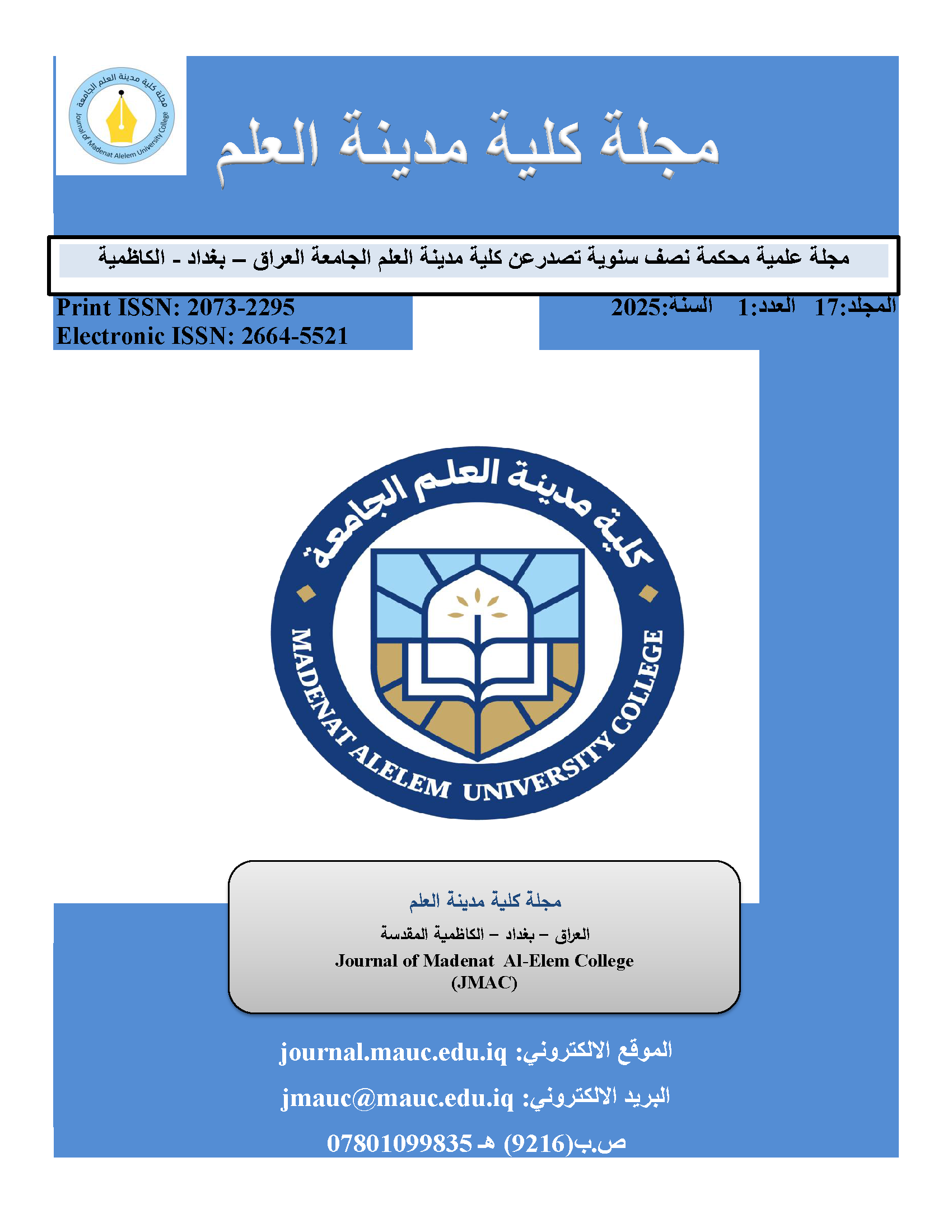Real-time Monitoring, Fall Detection, and Emergency Notification IoT-Based System for COVID-19 Patients Using Biomedical and Environmental Sensors
Abstract
Many patients, particularly the elderly, disabled individuals, those infected with COVID-19, and people living in isolation, require immediate care to prevent life-threatening situations in medical environments. Real-time monitoring ensures safe patient surveillance, enabling quick responses to emergencies. This paper presents the design and implementation of a real-time monitoring system that utilizes Arduino, mobile phone devices, and IoT-enabled biomedical and environmental sensors to measure heart rate, SpO2, body temperature, air quality, humidity, and detect falls. Wireless communication facilitates the placement of sensors anywhere, enabling real-time notifications via IoT and mobile networks. Arduino, Android Studio, and XAMPP are integrated into the proposed system’s architecture, overcoming the limitations of previous systems by providing greater flexibility, portability, and accuracy. The biomedical sensors were validated against medical-grade devices and demonstrated high accuracy. Heart rate readings showed a 98% correlation, SpO2 levels had an average error of less than 2%, and body temperature measurements deviated by only ±0.3°C compared to standard clinical thermometers. Additionally, the environmental sensors effectively monitored air quality and humidity, issuing alerts upon detecting significant deviations. When anomalies in air quality occurred, the system successfully generated emergency notifications with a 95% accuracy rate in identifying hazardous conditions.




